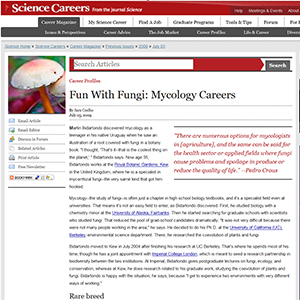SODMap Heat Maps
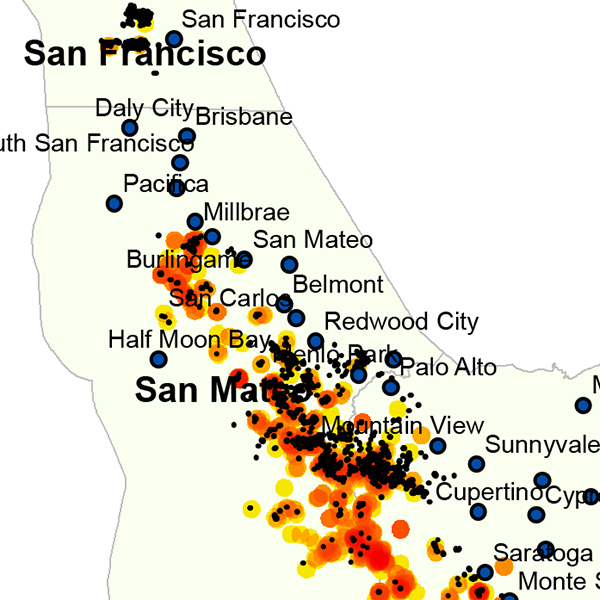
matteolab.org

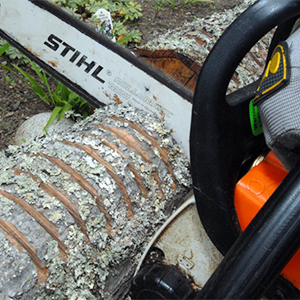
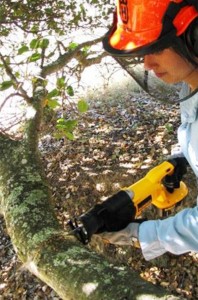
Cleaning tools in SOD-infested areas.
Can tools become infectious when used on trees infected by SOD? Yes, in particular when dealing with infected foliage, infested soil, and marginally with infected wood. The risk of spreading SOD is higher if soil or infected leaves are present on tires, shoes or tools. Wood is generally, not as infectious
Differently from other pathogens which produce invisible microscopic and often sticky spores that can remain viable even on apparently clean tools, the SOD pathogen produces spores that are normally lodged in plant debris, organic matter, and plant or soil residue.
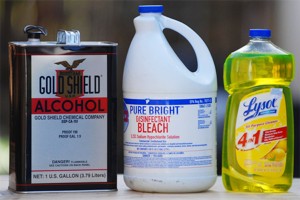
Note: it is important to ensure all parts that came in contact with infected plant material are visibly clean and that no organic matter remains. This is particularly crucial for tools like chainsaws or machinery like chippers. The physical cleaning step (above) is critical, and can be effective even without washing although the application of a disinfectant may help). Washing first and then cleaning will be ineffective. Always wear safety glasses and protective equipment as recommended by the manufacturer and always follow the manufacturer’s directions, restrictions, and precautions on the product label.
To test the effectiveness of tool cleaning on the transmission of P. ramorum, a chainsaw and handsaws were “contaminated” with SOD-infected wood chips and saw dust. The saws were treated by different methods in an attempt to “decontaminate” them including, removing the visible organic matter with a wire brush or brushing followed by a disinfectant rinse. The disinfectants used were 10% ethanol, 5% bleach, and lysol (diluted as instructed on the label).
After cleaning, the saws were examined under magnification, any remaining bits of plant or organic matter plated on selective agar Petri dishes. The percentage of infectious propagules that grew on the agar plates is graphed below. Click to rebigulate the pdf.
Disclaimer: Mention of any company, trade name, or commercial product does not constitute endorsement by the University of California or recommendation for use. Always follow the manufacturer’s directions, restrictions, and precautions on the product label.
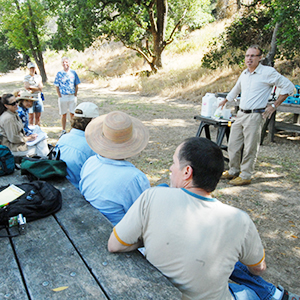
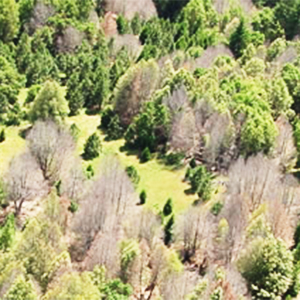
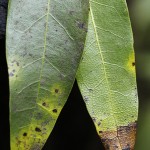 SOD is an exotic disease caused by the microscopic pathogen Phytophthora ramorum, estimated to have been introduced into California 20-25 years ago from unknown region of the world.
SOD is an exotic disease caused by the microscopic pathogen Phytophthora ramorum, estimated to have been introduced into California 20-25 years ago from unknown region of the world.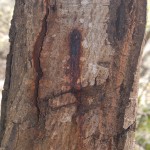 and a foliar infection. Tanoaks are the only tree species that can spread the the disease and die from it as well. When P. ramorum infects oaks and tanoaks it destroys the cambium under the bark and effectively girdles the tree. Girdled trees are doomed, but can survive for 1 to 5+ years thanks to stored resources and their natural tolerance to drought.
and a foliar infection. Tanoaks are the only tree species that can spread the the disease and die from it as well. When P. ramorum infects oaks and tanoaks it destroys the cambium under the bark and effectively girdles the tree. Girdled trees are doomed, but can survive for 1 to 5+ years thanks to stored resources and their natural tolerance to drought.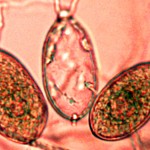 percipitation.
percipitation.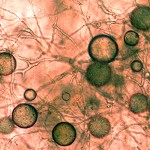
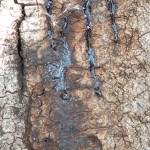
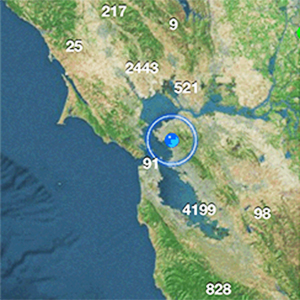
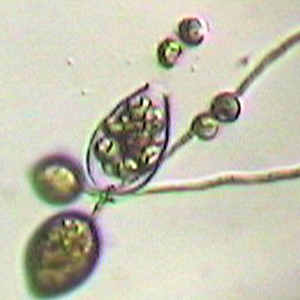
Once SOD infections have arrived, what can be done?
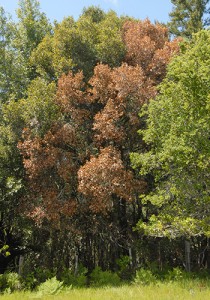
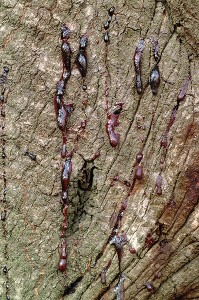
The arrival of SOD in an area may be very gradual over time or may occur in a single year. Knowledge of SOD biology and disease distribution may help you prepare for the arrival of SOD and may allow time to protect valuable trees. The SODmap Mobile app, available for iPhone and Android, is an invaluable tool for visualizing SOD infections on the ground, in real time.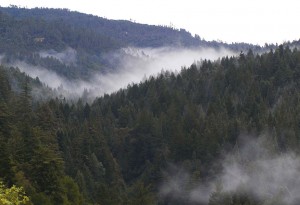
Dead oaks represent a significant hazard to people and property and increased fire hazard, however oaks that are infected by SOD and are apparently green may be equally hazardous. In SOD-infested areas, monitor closely oaks and tanoaks that are near homes, access roads, paths, yards, and play areas, and remove trees that show significant SOD symptoms and may be hazardous due to their location. Dead standing oaks, whether still green or brown represent a serious hazard for homeowners and are documented to fuel hotter fires that can kill medium sized redwoods.
UC Berkeley researchers have surveyed a large number of Coast Live Oaks, Tanoaks, and California Bay Laurels and determined that significant natural resistance to SOD is absent or very rare. However all three species have individual plants that may be more tolerant than others. Currently resistant plants are not available on the market, but several oak species (Valley oaks Blue oaks, Oregon oaks) are not susceptible to SOD.
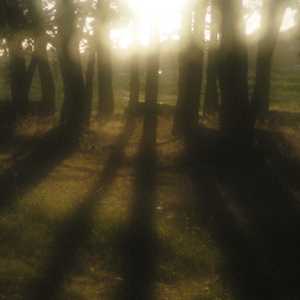

What to do before SOD arrives in your area.
To help prevent the spread of SOD in ornamental plants you purchase, ensure that they come from a facility that is regularly tested for P. ramorum. Make sure that wood from trees in SOD-infected areas is not moved to uninfected locations. Ensure that shoes, vehicle tires, and tools are free of soil and organic debris that might harbor the disease.
Careful brushing tools or air-blowing all soil and organic matter from them is normally sufficient to eliminate the risk of contagion. If driving on dirt roads during the rainy season in highly infested areas, wash the vehicle before returning home or visiting SOD-free areas. Preventative application of phosphonate compounds may help slow the spread of the disease in uninfected trees.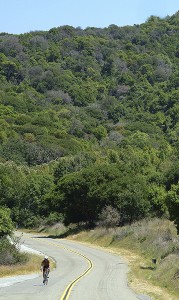
Familiarize yourself with the distribution of SOD using our SOD Disease Distribution maps, SODmap Mobile app, or OakMapper, and learn to identify early symptoms on bay laurels and tanoaks. The California Oak Mortality Task Force is a comprehensive source for the latest information on SOD. Contact your county Department of Agriculture officer for testing and participate in the SOD Blitz Survey Project held each year from April to June.
P. ramorum is dispersed aerially usually at short distances 100 yards or less, but occasionally up to 1-2 miles. Movement of infected plants or plant parts, soil, and water may lead to new infestations. The current distribution of SOD is updated on our maps each year. Only a lab test can confirm SOD and early detection of SOD is best to maximize chances of slowing its spread.
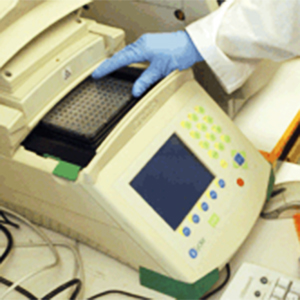
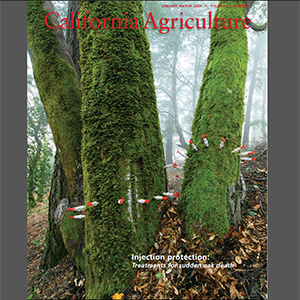
California Agriculture Vol 63, Jan-Mar 2009
